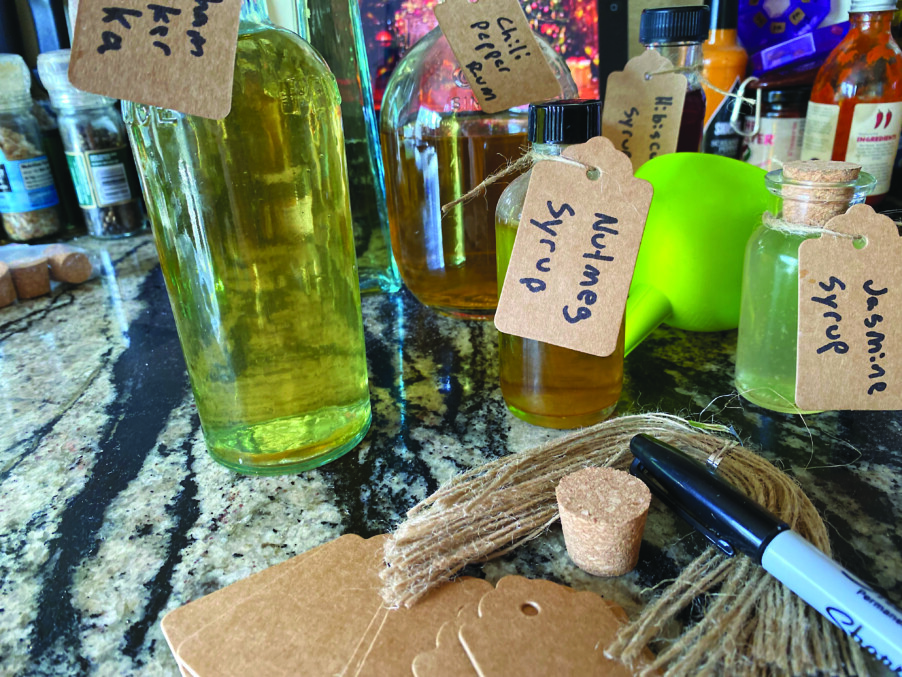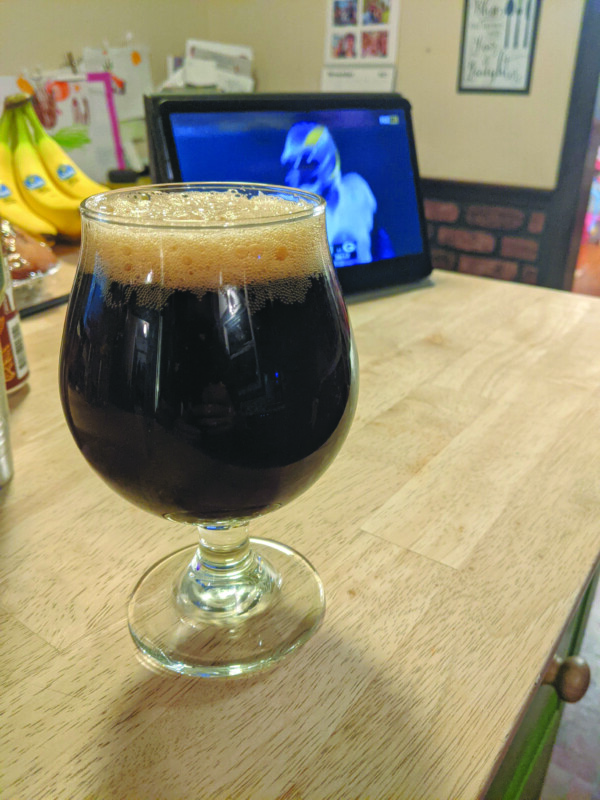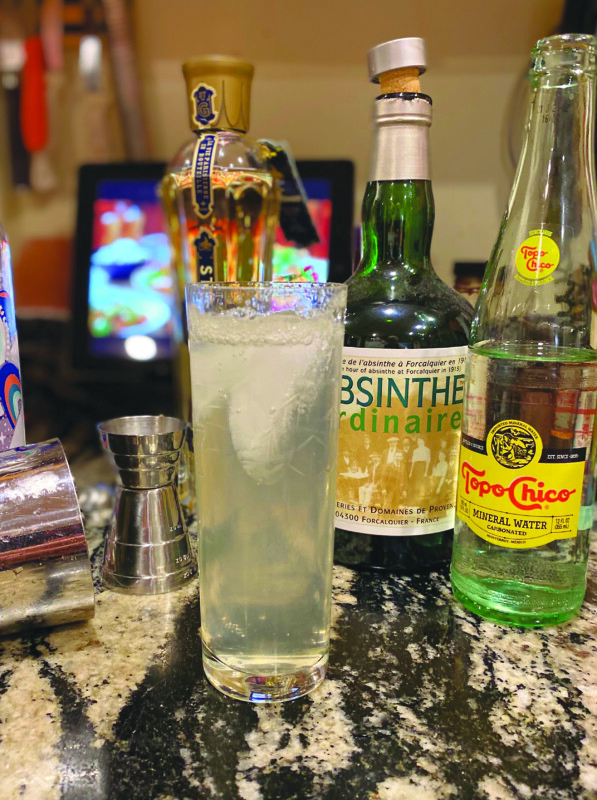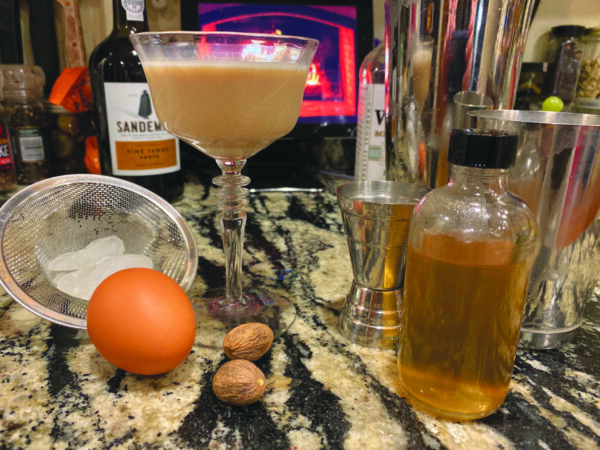’Tis the season for holiday beers
I used to be obsessed with holiday brews. As in, there wasn’t enough holiday beer in the world to satisfy me.
There was just something about the slightly sweet, slightly spicy style that drew me in and helped me to appreciate the holiday season. Let’s be honest, we’d all like to be in a good mood for the holidays and the right beer can help. Why not have a beer that tastes like Christmas in a glass?
I’m calling it a style but I’m not sure you’ll find “holiday brew” listed in the dictionary of beer styles. To me, these are beers that can run across styles and to categorize them would be to ask yourself, “does this beer put me in the holiday spirit?” If you answer yes to a particular brew, then, bingo.
These are beers that tend to feature a hearty malt character amplified with cinnamon, brown sugar, peppermint, vanilla and nutmeg — and, I don’t know, maybe chocolate. You’ll find holiday beers that are wheat beers, amber lagers, stouts, porters, sours, brown ales, bocks and dunkels, and there is probably some brewer right now trying to offer patrons a holiday IPA.
I wasn’t alone in my obsession. To this day, one of my college buddies receives an annual shipment of Harpoon Winter Warmer from his mother on his doorstep in California.
Then again, holiday beers aren’t for everyone. I can never forget the look of utter disgust — classic bitter beer face — on an acquaintance’s face as he tried to get through a sip of some holiday beer, wondering aloud, “What is that?” (The “that” in holiday beers is always nutmeg.)
I’m not as obsessed with holiday beers as I used to be, probably in part because there’s just so much incredible craft beer available that it’s hard to be too focused on one style, regardless of the season. Plus, more and more craft brewers are cranking out delicious, decadent stouts boasting huge flavors of chocolate, coffee and vanilla that aren’t necessarily holiday brews but are awfully hard to ignore at this time of year.
For a while it at least seemed like craft brewers weren’t really exploring holiday beers in earnest. That might not be reality, but it seems to me the style has received much more attention from brewers in recent years. That’s good news.
Here are four New Hampshire-brewed holiday beers to enjoy right now.
Footy Pajamas Belgian Style Holiday Ale by Henniker Brewing Co. (Henniker)
Dark fruit, spices and brown sugar: you can sip this 8.7 percent ABV brew slowly by the fire and let the beer and the flames warm you right up.
Monks Vice Belgian Quad by Loaded Question Brewing Co. (Portsmouth)
This isn’t brewed specifically for the holidays as far as I know, but with big flavors of complex caramel up front, it seems perfectly suited to this time of year. The brewery says the finish is “reminiscent of crème brulée from black strap molasses.” This is another slow sipper you can savor with friends and family.
Smuttlabs Peppermint Porter by Smuttynose Brewing Co. (Hampton)
This is basically a glass full of peppermint patties.
The Great AK; Dunkles Bock with Gingerbread by Northwoods Brewing Co. (Northwood)
I haven’t tried this one but it is now on my list for the holidays. Tabbed as the brewery’s “ode to the Master Woodsman of the World,” the beer is brewed with gingerbread and actual gingerbread men, resulting in “aromas of dates, plums, toffee and cinnamon.” Frankly, it sounds delicious.
What’s in My Fridge
Samuel Adams Holiday White Ale by Boston Beer Co. (Boston) Probably 15 to 20 years ago, if a beer was described as “citrusy and hazy,” this is what you’d expect. Nowadays, someone says citrusy and hazy, and approximately 1,000 percent of the time that person is talking about an IPA. This is a delightful brew; flavored with holiday spices and orange peel, it has a smooth, festive flavor with borderline nonexistent bitterness you can enjoy all winter long. Cheers.
Featured photo: Footy Pajamas by Henniker Brewing Company. Courtesy photo.







